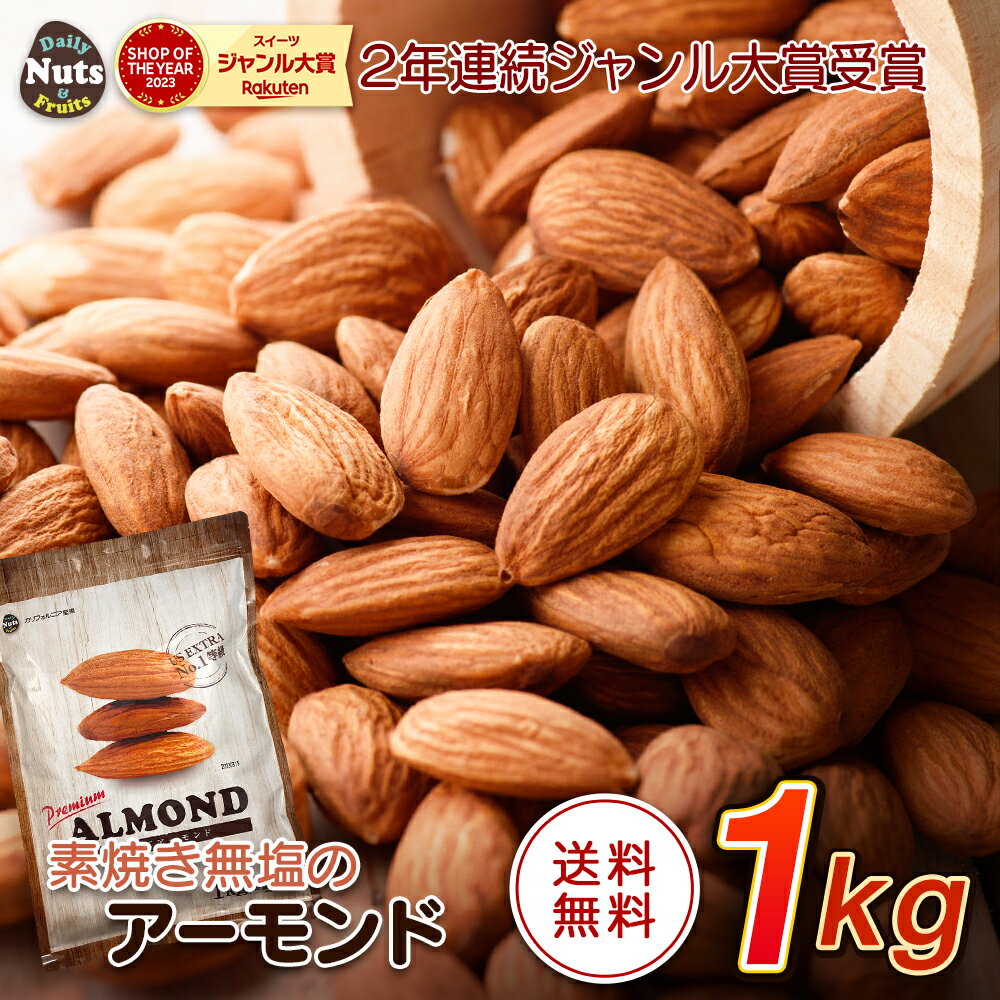論文No3802
Objective sputum colour assessment and clinical outcomes in bronchiectasis: data from the European Bronchiectasis Registry (EMBARC)
Stefano Aliberti, Felix C. Ringshausen, Raja Dhar, Charles S. Haworth, Michael R. Loebinger, Katerina Dimakou, Megan L. Crichton, Anthony De Soyza, Montse Vendrell, Pierre-Regis Burgel, Melissa McDonnell, Sabina Skrgat, Luis Maiz Carro, Andres de Roux, Oriol Sibila, Apostolos Bossios, Menno van der Eerden, Paula Kauppi, Robert Wilson, Branislava Milenkovic, Rosario Menendez, Marlene Murris, Sermin Borekci, Oxana Munteanu, Dusanka Obradovic, Adam Nowinski, Adelina Amorim, Antoni Torres, Natalie Lorent, Eva Van Braeckel, Josje Altenburg, Amelia Shoemark, Michal Shteinberg, Wim Boersma, Pieter C. Goeminne, J. Stuart Elborn, Adam T. Hill, Tobias Welte, Francesco Blasi, Eva Polverino, James D. Chalmers on behalf of the EMBARC Registry Investigators
European Respiratory Journal 63 (4) 2301554; DOI: 10.1183/13993003.01554-2023 Published 18 April 2024
<背景>
気管支拡張症患者における気道炎症のレベルを客観的に評価するために、
検証された4段階の喀痰カラーチャートを用いることができる。
European Bronchiectasis Registry(EMBARC)において、
喀痰の色が疾患の重症度や臨床転帰と関連するかどうかを検証した。
<方法>
31カ国で実施された成人の気管支拡張症患者の前向き観察登録を用いた。
自然喀痰を産生しない患者は解析から除外した。
ベースライン時および追跡調査時にMurray喀痰カラーチャートを用いた。
主要アウトカムは、増悪の頻度、重篤な増悪による入院、最長5年間の追跡期間中の死亡率であった。
<結果>
13 484例が解析に組み入れられた。
膿性の喀痰が多いほど、強制呼気1秒量(FEV1)の低下、QOLの悪化、細菌感染の増加、
気管支拡張症重症度指数の上昇と関連していた。
痰の色は、追跡調査中の将来の増悪リスクと強く関連していた。
粘液性喀痰の患者(参照群)と比較して、
粘液膿性喀痰の患者は有意に多くの増悪を経験し(罹患率比(IRR)1.29、95%CI 1.22-1.38、p<0.0001)、
膿性喀痰(IRR 1.55、95%CI 1.44-1.67、p<0.0001)および
重症膿性喀痰(IRR 1.91、95%CI 1.52-2.39、p<0.0001)の患者ではさらに高かった。
重篤な増悪による入院も喀痰の色の増加と関連しており、
粘液性喀痰、膿性喀痰、重症膿性喀痰の割合比は
それぞれ1.41(95%CI 1.29-1.56、p<0.0001)、1.98(95%CI 1.77-2.21、p<0.0001)、
3.05(95%CI 2.25-4.14、p<0.0001)であった。
死亡率は喀痰純度が増加するにつれて有意に増加し、
喀痰純度が増加するごとのハザード比は1.12(95%CI 1.01-1.24;p=0.027)であった。
<結論>
喀痰の色は、気管支拡張症患者における疾患の重症度、増悪、重症増悪、死亡の将来的リスクの単純なマーカーである。
DeepL.com(無料版)で翻訳しました。
Background A validated 4-point sputum colour chart can be used to objectively evaluate the levels of airway inflammation in bronchiectasis patients. In the European Bronchiectasis Registry (EMBARC), we tested whether sputum colour would be associated with disease severity and clinical outcomes.
Methods We used a prospective, observational registry of adults with bronchiectasis conducted in 31 countries. Patients who did not produce spontaneous sputum were excluded from the analysis. The Murray sputum colour chart was used at baseline and at follow-up visits. Key outcomes were frequency of exacerbations, hospitalisations for severe exacerbations and mortality during up to 5-year follow-up.
Results 13 484 patients were included in the analysis. More purulent sputum was associated with lower forced expiratory volume in 1 s (FEV1), worse quality of life, greater bacterial infection and a higher bronchiectasis severity index. Sputum colour was strongly associated with the risk of future exacerbations during follow-up. Compared to patients with mucoid sputum (reference group), patients with mucopurulent sputum experienced significantly more exacerbations (incident rate ratio (IRR) 1.29, 95% CI 1.22–1.38; p<0.0001), while the rates were even higher for patients with purulent (IRR 1.55, 95% CI 1.44–1.67; p<0.0001) and severely purulent sputum (IRR 1.91, 95% CI 1.52–2.39; p<0.0001). Hospitalisations for severe exacerbations were also associated with increasing sputum colour with rate ratios, compared to patients with mucoid sputum, of 1.41 (95% CI 1.29–1.56; p<0.0001), 1.98 (95% CI 1.77–2.21; p<0.0001) and 3.05 (95% CI 2.25–4.14; p<0.0001) for mucopurulent, purulent and severely purulent sputum, respectively. Mortality was significantly increased with increasing sputum purulence, hazard ratio 1.12 (95% CI 1.01–1.24; p=0.027), for each increment in sputum purulence.
Conclusion Sputum colour is a simple marker of disease severity and future risk of exacerbations, severe exacerbations and mortality in patients with bronchiectasis.


